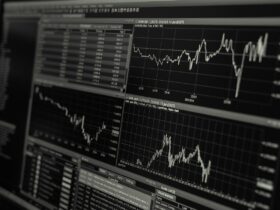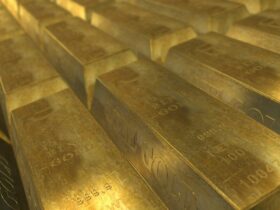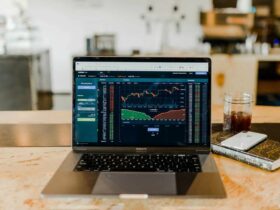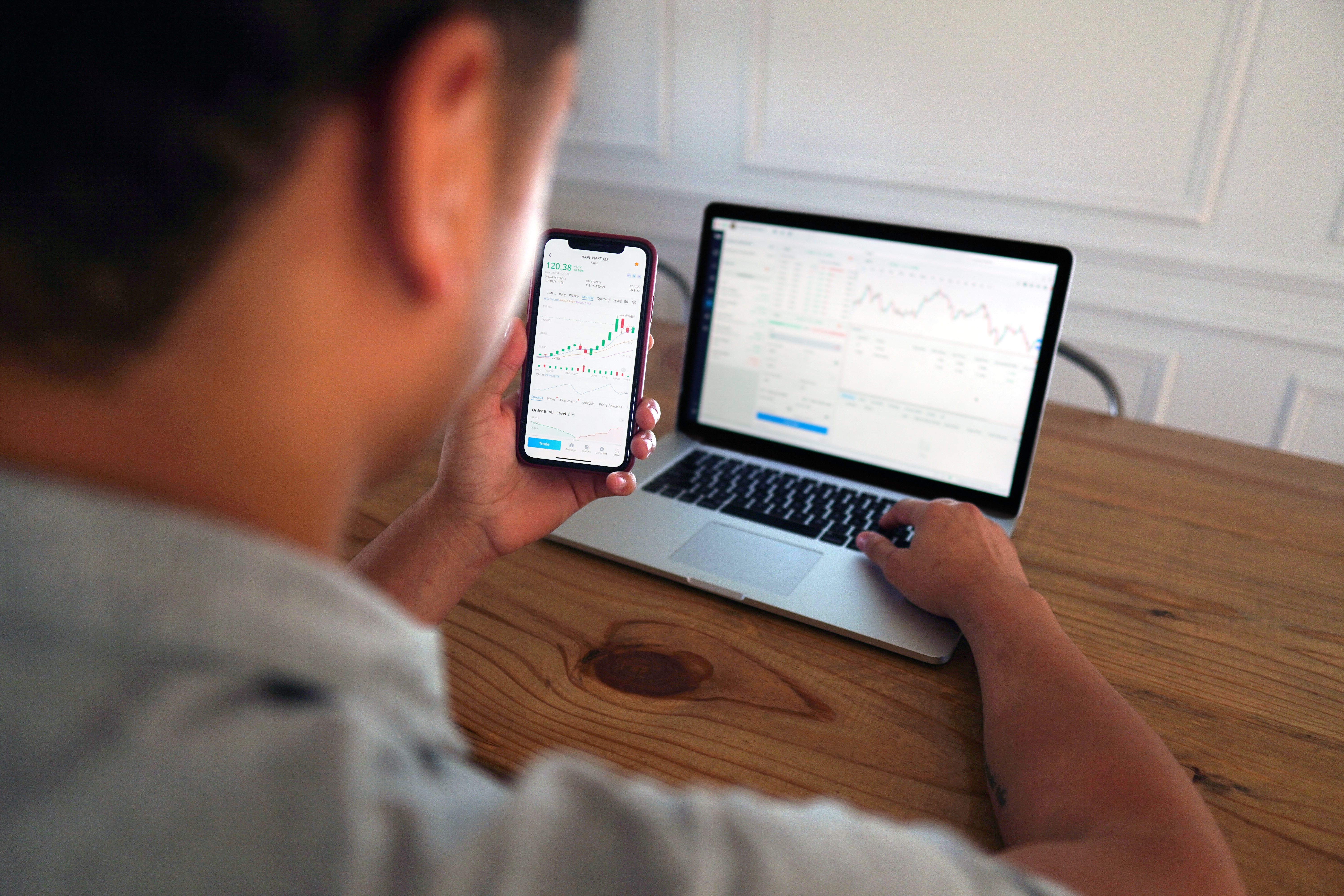In finance, a futures transaction is a standardized legal arrangement to purchase or sell something with a preset price in the future, between two parties never known to each other, usually involving commodities or certain financial instruments. The tradable asset traded is typically a security or an item. Futures markets are increasing daily in volume, due to the large number of buyers who rely on the futures market to deliver a contract when they need it, such as when making investments.
Trading foreign exchange markets can often feel like picking a winner at the Masters: you try to execute on a general opinion only to be met with a whole mess of choices.
There are many different types of futures contracts that allow for the purchase and sale of various assets, including stocks, indices, commodities, bonds, currencies, and interest rates. In order to participate in futures trading, you must first buy an "asset" (also called a "basket" or "security") on or before the expected future date. The buying process begins once you have decided on the asset you wish to purchase..
Futures trading deals with contracts to purchase or sell a particular commodity at a certain date in the future. In finance, a futures contract is an internationally standardized legal agreement to purchase or sell something in a specified period of time at a definite price, between two parties not acquainted with each other. The item traded in the futures market is normally a security or commodity.
Most people like talking about a good outlier story: Can you believe bitcoin is up over 1,000% since the start of 2019? Did you see WTI crude oil futures went negative last year? How crazy was that rally in GameStop from below $20 to above $400 in a matter of weeks?
Futures trading is one of the hottest markets to be involved in. In finance, a futures contract, also known as a futures contract, is an international standardized legal agreement to purchase or sell a specific item at a certain date in the future, between willing parties not necessarily familiar with each other. The item traded is usually a particular financial commodity or instrument. Futures contracts are open for market trading 24 hours a day. This is why futures trading is a popular avenue to enter the financial markets and make money.
Candlestick patterns are among the most frequently used technical tools by active futures traders. No matter the strategy―whether it is trend, rotational, or reversal―chart patterns can be valuable for position management or market timing devices. Let’s take a look at the top three tips for trading Japanese candlestick chart patterns. Tip No. 1: Be Aware… <a href="https://www.danielstrading.com/2021/04/01/top-tips-for-trading-candlestick-patterns" rel="nofollow">Read more</a>.






